
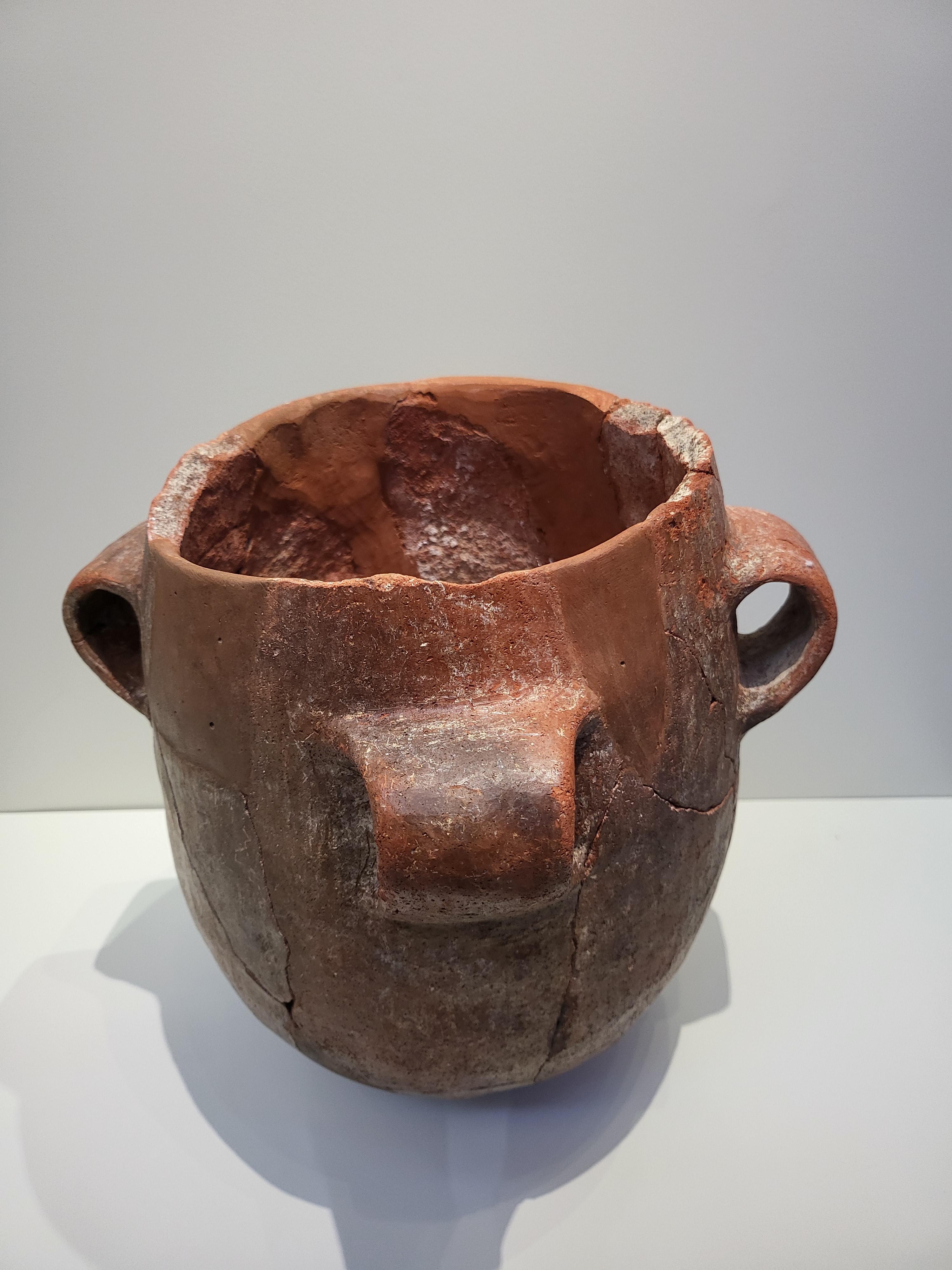
이라클리오 고고학 박물관 안내는 이렇다.
지금 여유가 없어 자동번역하되 나중에 다듬기로 한다.
신석기시대 크노소스
기원전 7000-3000년 카이라토스 강 계곡 4천년간의 삶
미노아 궁전 유적 아래 크노소스 언덕에서는 가장 오래 산 신석기 유적 크레타가 발굴됐다.
첫 번째 작은 정착지의 더미 오두막은 몇 개 작은 방이 있는 이레굴 4면 건물에 의해 계승되었다.
이것들은 가까이 지어졌고, 비하디탄은 일상 활동을 위한 열린 공간을 공유한다.





기원전 6천 년부터 정착지가 성장하여 기원전 3000년까지 약 25,000제곱미터 크기에 도달했다.
신석기시대 말에 집은 튼튼한 기초 위에 지어졌으며 각 가구에 대한 특별한 공간인 마당 벽, 난로 및 오븐, 조약돌 바닥 및 지어진 벤치를 포함한다.
공간 조직의 변화는 공동체의 재편성과 구성원 간의 새로운 사회적 경계의 창조를 반영한다.
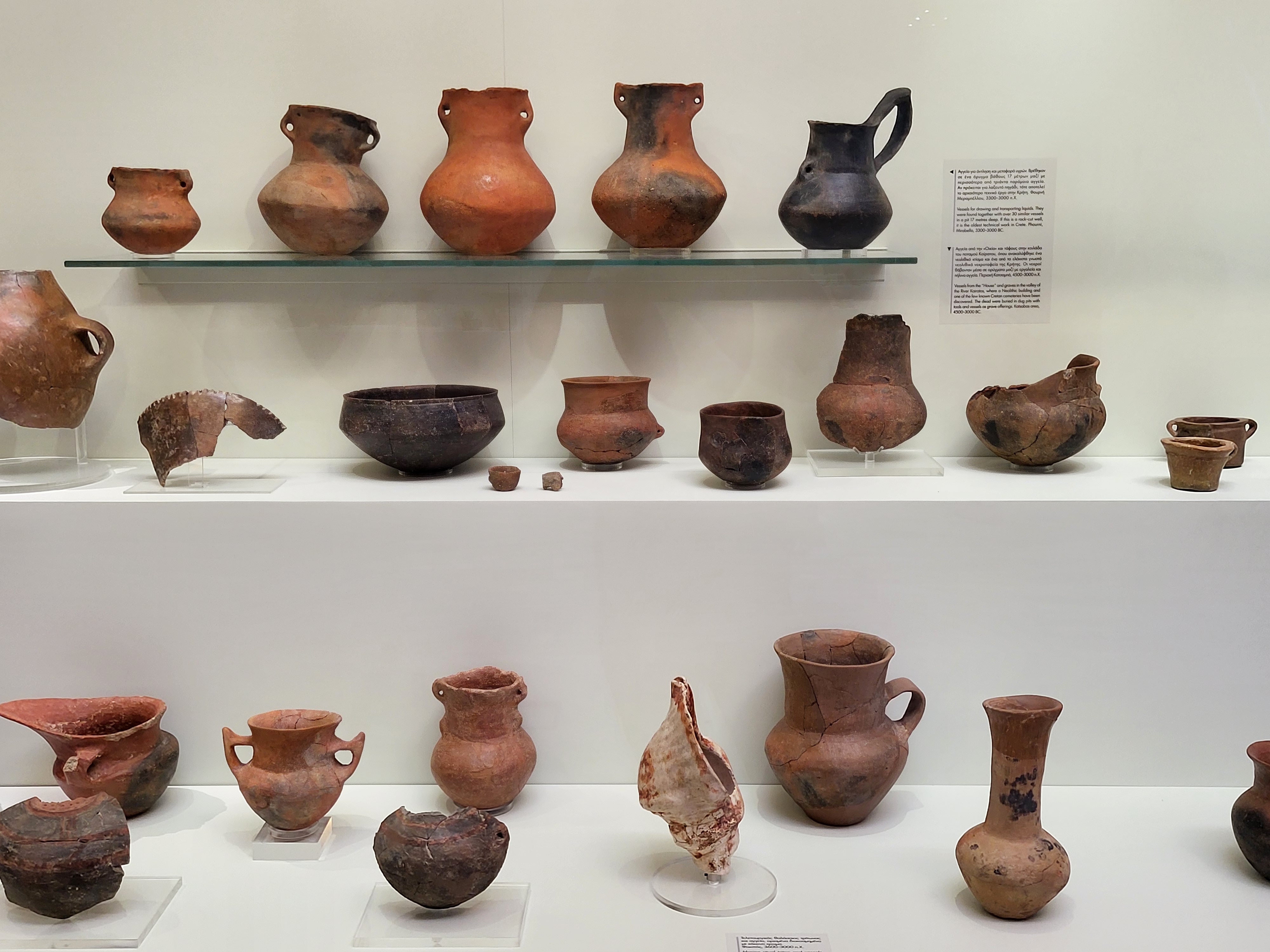
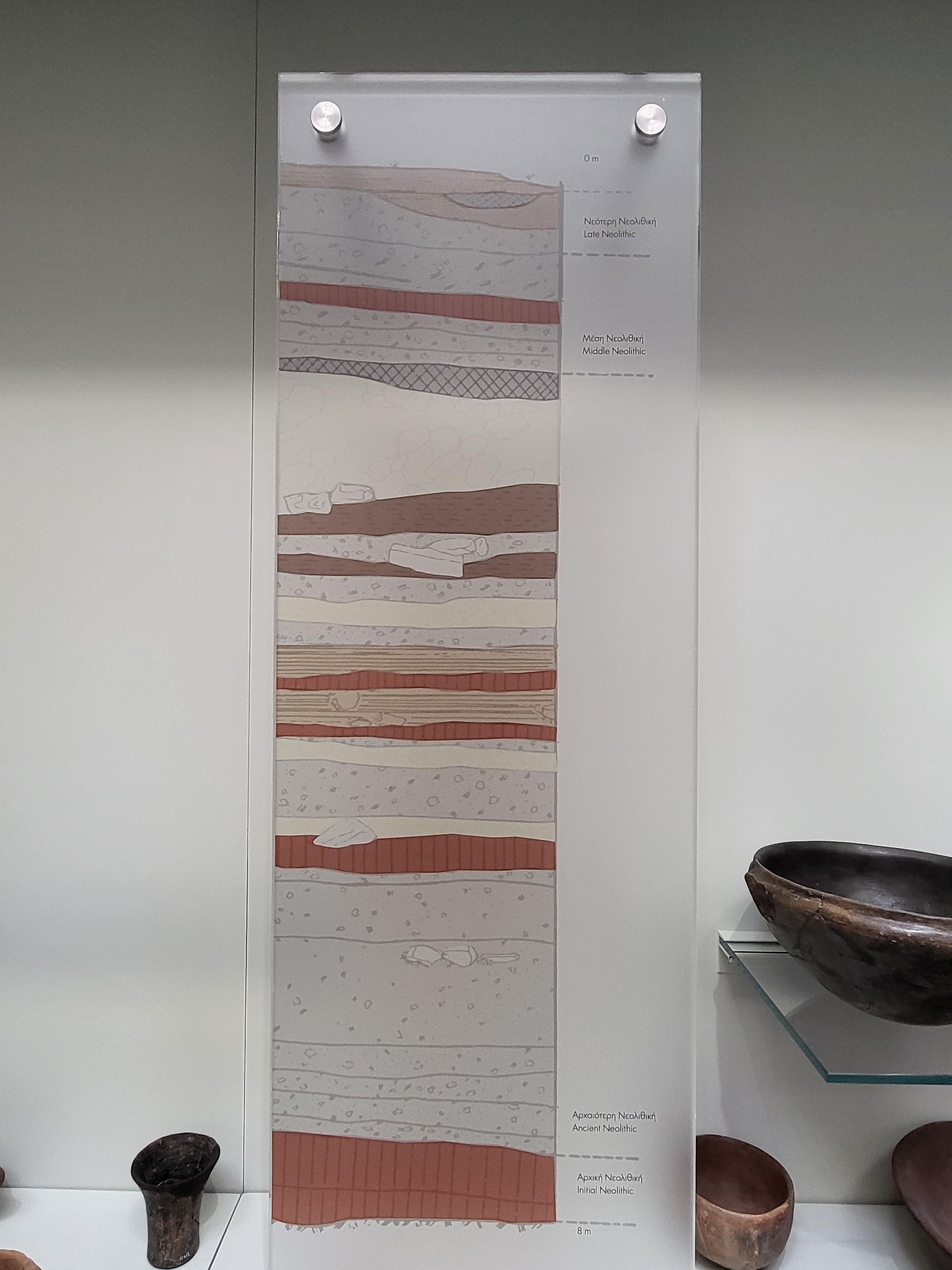


NEOLITHIC KNOSSOS
FOUR THOUSAND YEARS OF LIFE IN THE KAIRATOS RIVER VALLEY 7000-3000 BC
On the hill of Knossos, beneath the ruins of the Minoan palace, the longest-lived Neolithic site Crete has been excavated.
The pile huts of the first small settlement were succeeded by irregul four-sided buildings containing a few small rooms.
These were built close together, the inhaditan sharing the open spaces for their everyday activities.


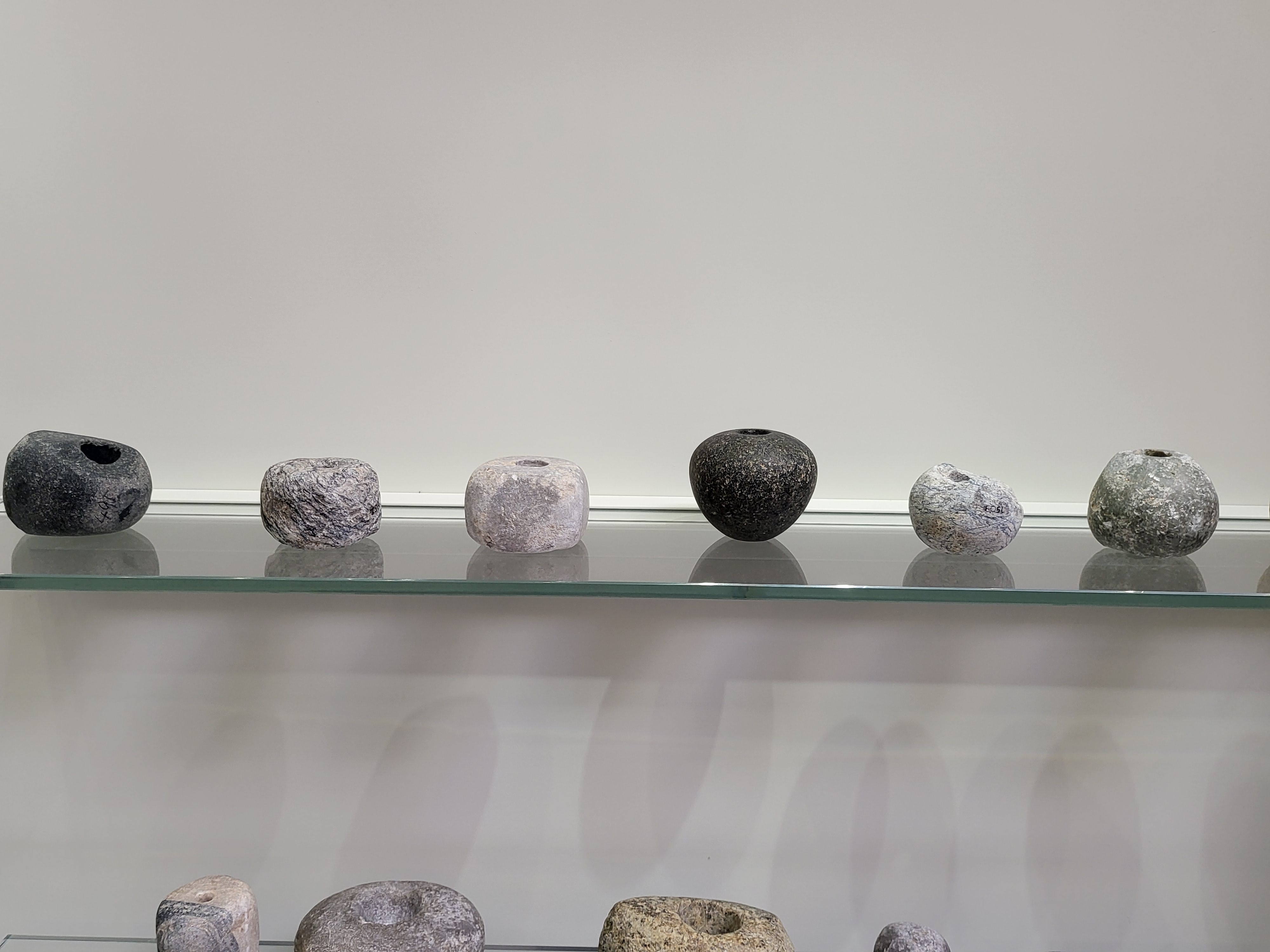
From the 6th millennium BC onwards t settlement grew, reaching a size of perhaps 25,000 square metres by 3000 BC.
At the end of the Neolithic period, the houses were built on sturdy foundations with strong walls ar special areas for each household: yard walls, hearths and ovens, pebble floors and built benche.
The changes in spatial organisation reflect the reorganisation of the community, and the creatic of new social boundaries between its members


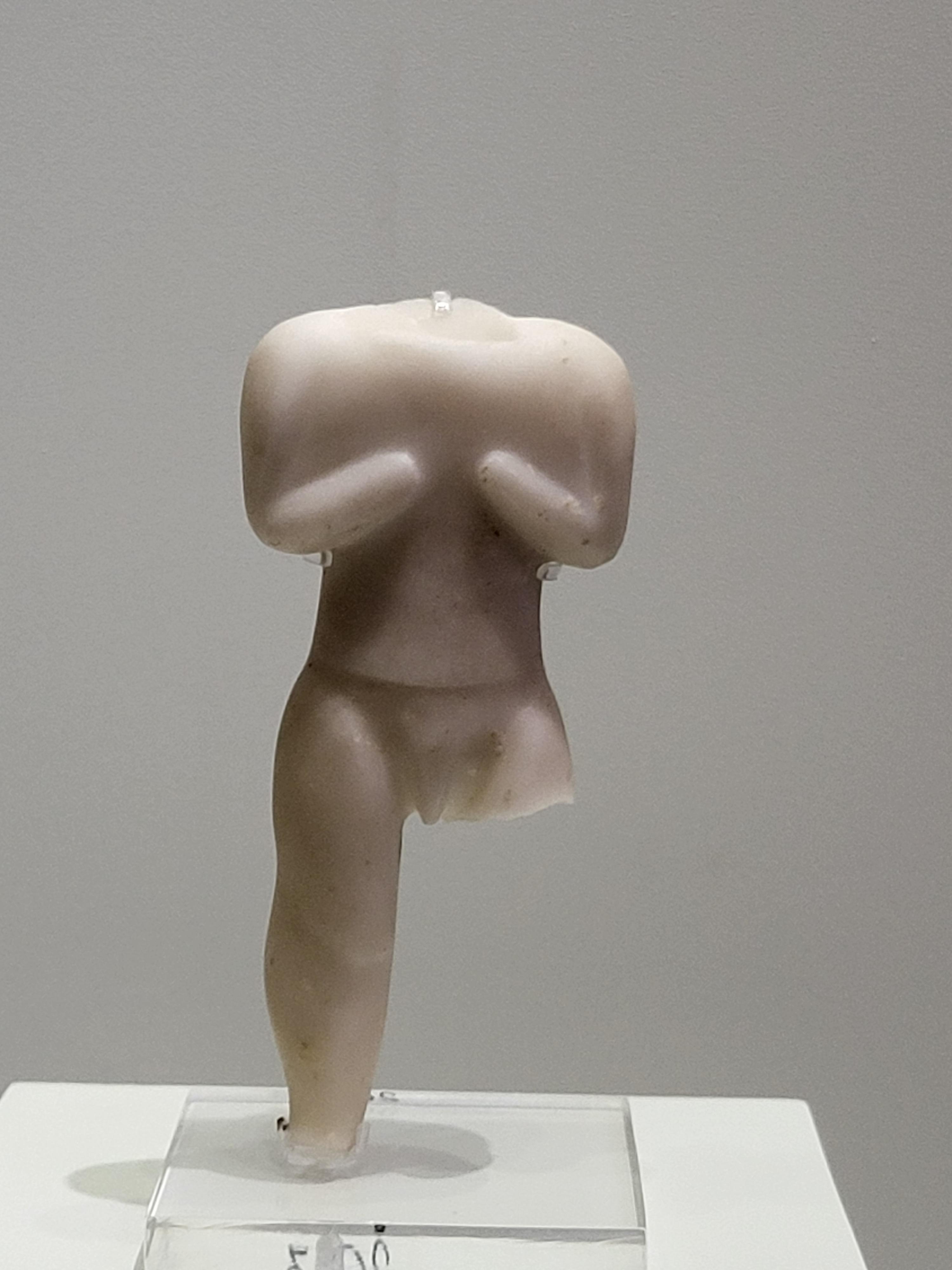
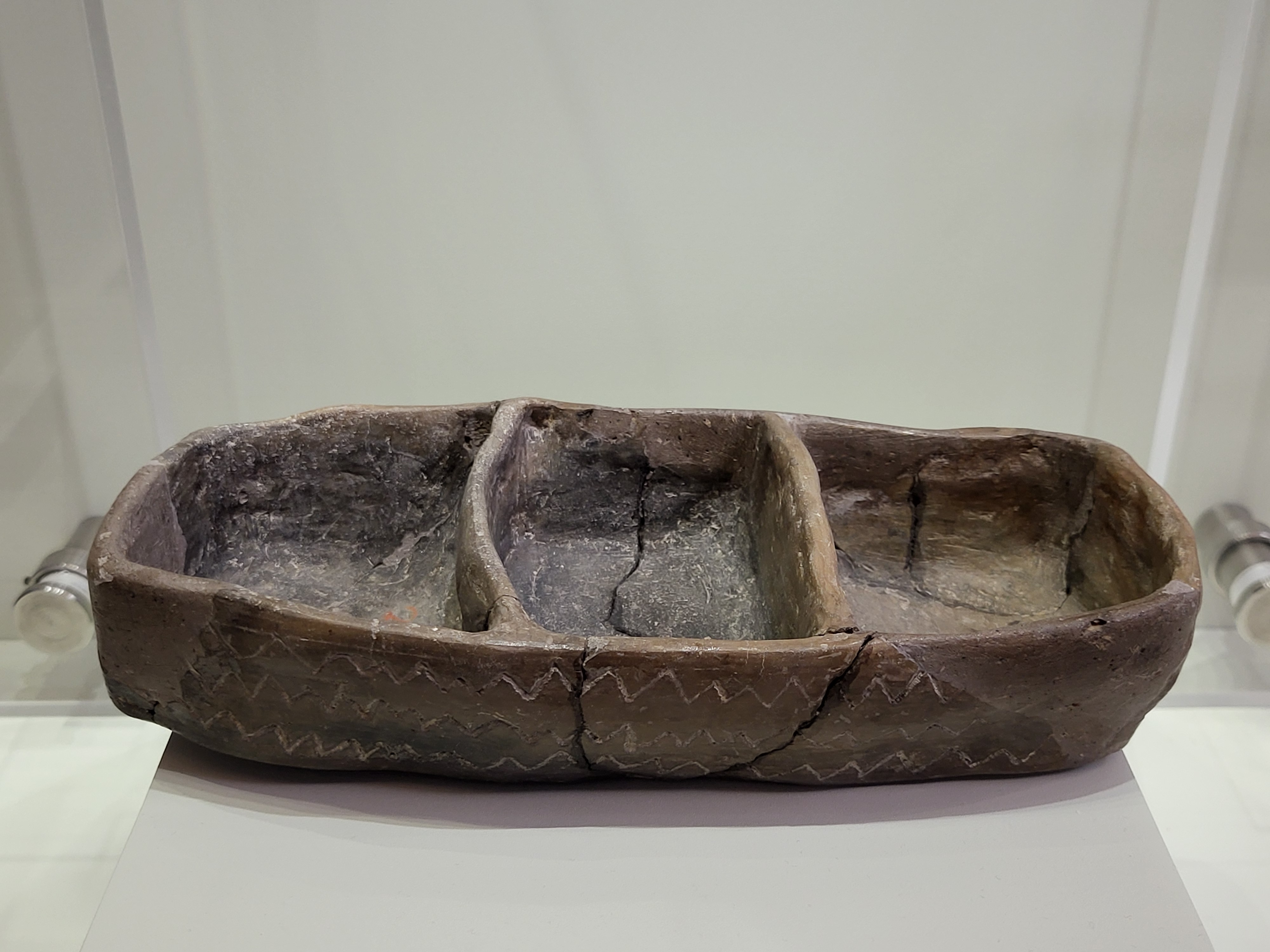

'문화재현장' 카테고리의 다른 글
| 후기 청동기시대, 궁전 이후 시대의 크레타 LATE BRONZE AGE POSTPALATIAL PERIOD(1300-1100 BC), 무덤 신전(1) (2) | 2024.10.26 |
|---|---|
| 선사시대 크레타 PREHISTORIC CRETE (7000 - 1100 BC) (1) | 2024.10.26 |
| 가랑비에 젖는 관람료, 폭탄이 되어 돌아온다 (5) | 2024.10.26 |
| 말리아 궁전, 크레타 또 하나의 크노소스 궁전 (3) | 2024.10.25 |
| 표범을 탄 디오니소스, 그 의미는? (5) | 2024.10.25 |




댓글